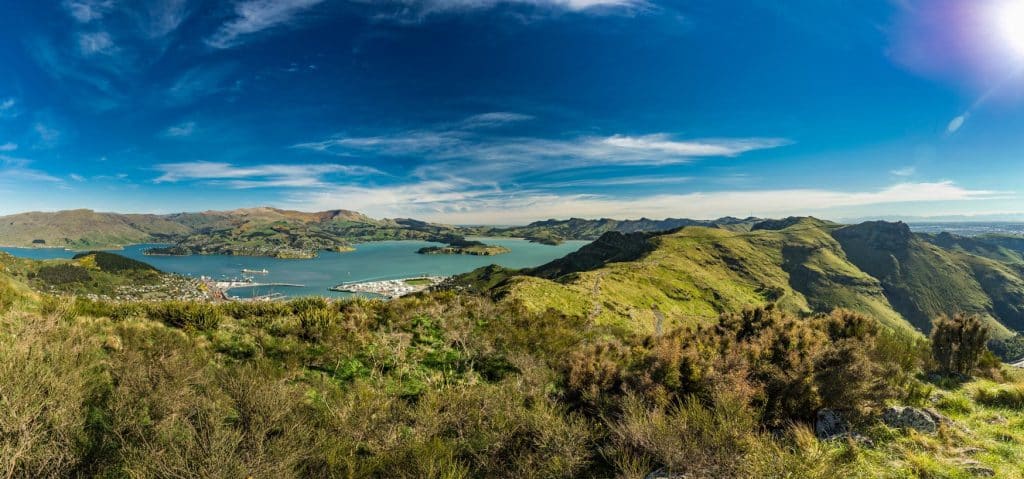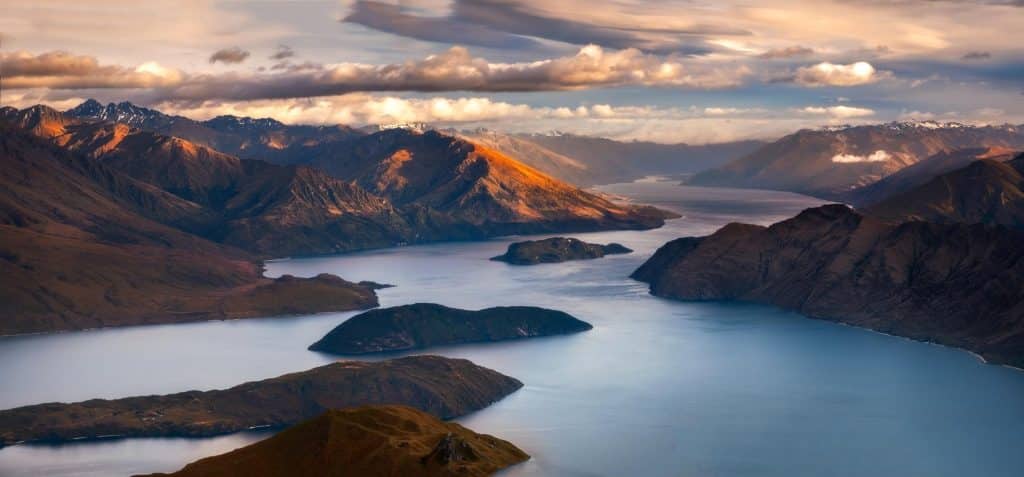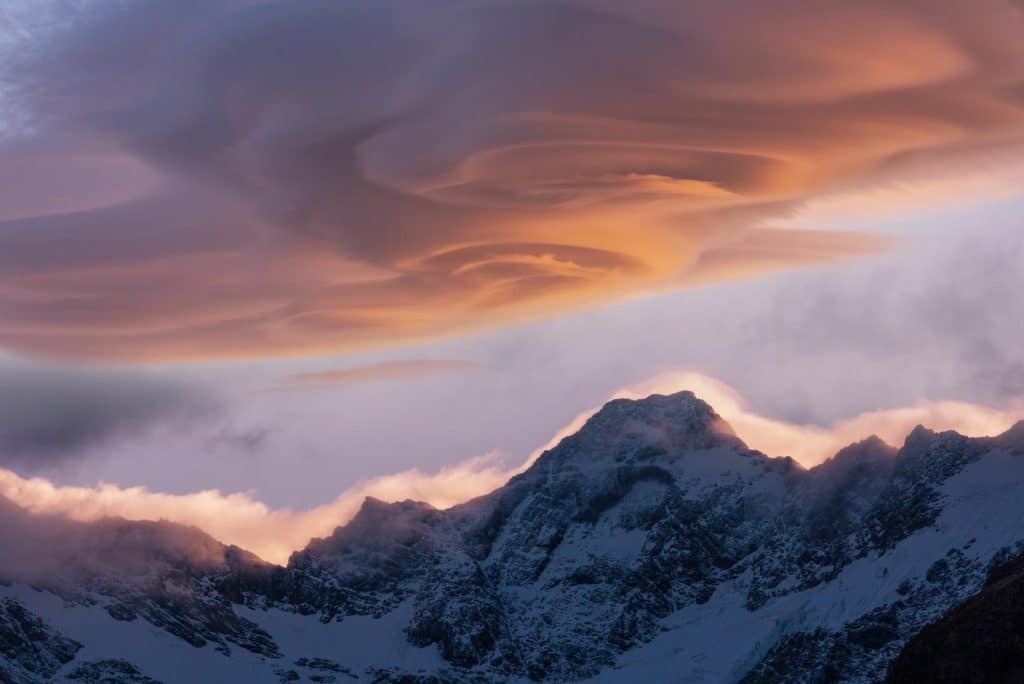Driving in NZ.
For extra information on driving in New Zealand click here
Freedom Camping Information
Planning your freedom camping sites? This link will help you to follow the rules around freedom camping in New Zealand so you can travel responsibly.
DOC Campground information and booking site
To book a campsite at a Department of Conservation site or find out more information on these sites, please click here.
Tiaki Promise
If you want to find out more about the Tiaki Promise, click here
Trees that Count
Trees that Count is a fantastic New Zealand initiative, to find out more or to see if there is a planting day happening in an area you will be visiting, click here.
Driver licence translation service
We recommend THIS Drivers License translation service if your license is in another language.
CamperMate App
Driving in New Zealand.
New Zealand is a country full of amazing sights and exotic locations to explore and driving gives you the freedom to explore properly!
Here are some driving tips for while exploring our beautiful country.
- In New Zealand we drive on the left side of the road. Always check to your right at intersections and roundabouts. We use the far-left lanes on motorways and State Highways for slower vehicles.
- Seat belts are compulsory for everyone in the vehicle! Fines are applicable if they are not worn.
- Children under 7 years old must be in an approved child restraint.
- New Zealand roads are often windy, narrow, sometimes steep and, depending on where you are driving, we have many gravel roads. Extra care must be taken on gravel, especially in a motorhome.
- One lane bridges are common in New Zealand. Signs with 2 arrows indicate a once laned bridge. The give way vehicle is indicated in a smaller black arrow and the right of way vehicle has a larger white arrow.
- Drinking and driving has heavy fines imposed and potential jail time, it is not worth the risk to ruin your holiday by driving after you have been drinking. Not to mention it would void your insurance policy with Roam.
- It is illegal to use cellphones while driving. Insurance will not cover any accident where cell phone use was involved.
- Always give way to pedestrians on the zebra crossings or at other crossing areas. Kiwis are courteous about this while driving.
- We have many railways that cross over roads, these are marked by a white X where the road and railway meet. Do check for trains when crossing the tracks. Some busier railway lines will have a barrier and flashing lights to let you know a train is approaching.
Passport and New Zealand Visa Info.
We are a friendly bunch down here. You will need either a NZeTA (New Zealand electronic Travel Authority) or to apply for a Visitor Visa, unless you are Australian, then you get in no worries, mate!
If you plan on staying for more than 3 months, you must apply for the Visitor Visa.
Click here to see if the NZeTA or visitor visa is what you need.
Do note the visa must be applied for before you leave your country or origin.
All travellers must hold a current passport that is valid for at least 6 months beyond the date you intend to leave the country.
New Zealand Seasons.
Being a subtropical country, we have 4 distinct seasons which give very different travel experiences. Remember that our weather is the opposite time of year to the Northern Hemisphere.
Every season has its own range of adventures to be discovered and experiences to be had.

Spring: September to November.
Baby lambs are being born and daffodils and rhododendrons are blooming, making for spectacular vistas. This season is bursting with life and the country is looking lush. It’s a great time to travel as it’s not too busy yet. The sun starts to make the days longer and people shake off their winter chill.
Average temperatures are 5 – 20 degrees Celsius.

Summer: December to February
BBQ and beaches! This is our hot and sunny time of year. Make the most of the summer weather by swimming in our pristine lakes and waterfalls, visiting gorgeous beaches and evenings spent enjoying the long-lasting sunsets. Many festivals and events are held nationwide during summer.
Average temperatures are 21 – 33 degrees Celsius.

Autumn: March to May
Cooler temps start to be felt, and we prepare for shorter days. Autumn colours can be intense in both Hawke’s Bay and Central Otago regions. Periods of settled and calm weather often occur during this season, perfect for hiking or mountain biking.
Average temperatures are 7 – 21 degrees Celsius.

Winter: June, July, August
Snow days are here with cooler temperatures in both islands, especially the bottom of the South Island who really feel the chill. If you love skiing now is the time for you. Calm and clear days are interspersed with rain, more so in the North Island. A slower pace is set with less tourists visiting the country, yet many winter activities are available to partake in.
Average temperatures are 0 – 17 degrees Celsius, depending on which island you are visiting.
Tiaki Promise.
Tiaki means to care for people, place and culture.
New Zealand is precious to our people, and everyone who lives or travels here has a responsibility to look after her.
To follow the Tiaki Promise as a visitor it means to care for the land, ocean and nature, treading lightly and leaving no trace.
It means to respect the culture and travel with an open heart and mind.
By following the Tiaki Promise you are making a commitment to New Zealand, her environment and all that makes us special.
Take nothing but photos and leave nothing but footprints.